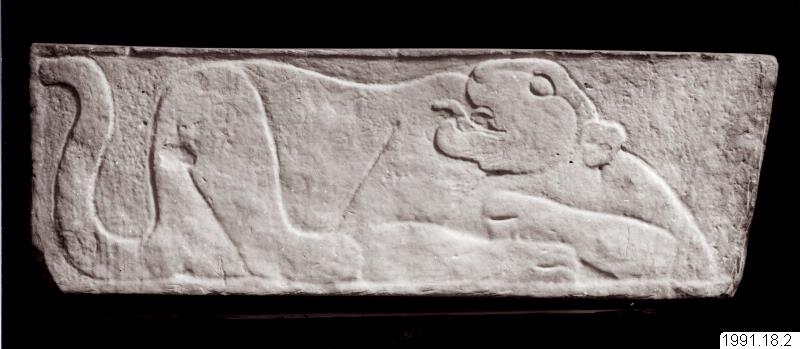
Return of cultural objects and human remains
Many different kinds of objects may be considered for return, and for a wide variety of reasons. Returning objects is often a complex process and each case should be examined on the basis of the unique circumstances of the case.
The document Good collections management. Guidance for managing the return of cultural objects can be helpful in the process.
Both the museum and external stakeholders may initiate the return of an object. The museum can adopt a proactive approach and identify objects or human remains that could be returned for ethical reasons, or where the museum is of the opinion that these would be of greater value to the potential recipient than they are to the museum.
Every return should be handled as a separate initiative, and the museum should communicate the fact that the decision made in one case cannot be translated to apply to all cases.
When examining a case relating to return of an object, the museum needs to make decisions on arguments for and against returning the object, as well as other ways of meeting the needs of the parties by sharing information and other exchanges.
Object returns can be initiated by the museum itself, or by claims made externally. This process should be characterised by openness and mutual respect. Every museum should have a policy on returns and can take support in the Swedish National Heritage Board’s document Good collections management. Guidance for managing the return of cultural objects.
See also the supporting document Good collections management. Guidance for handling human remains in museum collections.
For information in Swedish: